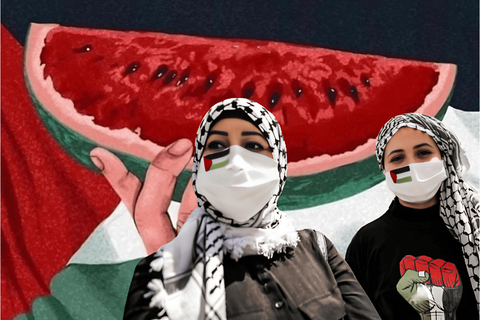
What is 48melon?
The term "48melon" or "48 Melon" is a reference to a specific symbol of Palestinian identity and resistance. This term combines the imagery of a watermelon (which has long been a symbol of Palestinian resilience due to its resemblance to the colors of the Palestinian flag) with the year 1948, a pivotal year in Palestinian history. Here’s a more detailed explanation:
The Significance of "48"
The year 1948 is significant for Palestinians because it marks the Nakba, or "catastrophe," when more than 700,000 Palestinian Arabs were expelled or fled from their homes during the 1948 Arab-Israeli War, leading to the establishment of the state of Israel. This event has had lasting effects on Palestinian identity, memory, and the ongoing conflict in the region.
The Symbolism of the Watermelon
As mentioned earlier, the watermelon, with its red, green, white, and black colors, visually mirrors the Palestinian flag. During times when Palestinian symbols and flags were banned by Israeli authorities, the watermelon served as a subtle, yet powerful, symbol of Palestinian identity and defiance.
Combining the Two: 48 Melon
By combining "48" and the watermelon, "48 Melon" or "48melon" serves as a coded and symbolic representation of Palestinian history and identity. It stands as a reminder of the Nakba and the ongoing struggle of Palestinians for recognition, rights, and return. The use of this term encapsulates a blend of historical memory and cultural resistance, using the watermelon as a creative and non-verbal form of expression.
The Digital and Social Media Context
In the context of social media and digital activism, "48melon" can be seen in hashtags, memes, and posts that aim to raise awareness about Palestinian history, culture, and the continuing challenges faced by Palestinians. It is a way for people to express solidarity and to keep the memory of 1948 alive in public discourse, often circumventing censorship and political sensitivities.
Conclusion
"48melon" is more than just a term; it is a poignant symbol that connects the historical experiences of Palestinians with contemporary forms of expression and activism. By using such symbols, Palestinians and their supporters continue to assert their identity and resistance in creative and impactful ways.

Comments (0)
There are no comments for this article. Be the first one to leave a message!